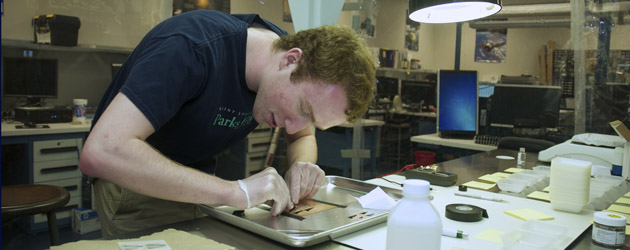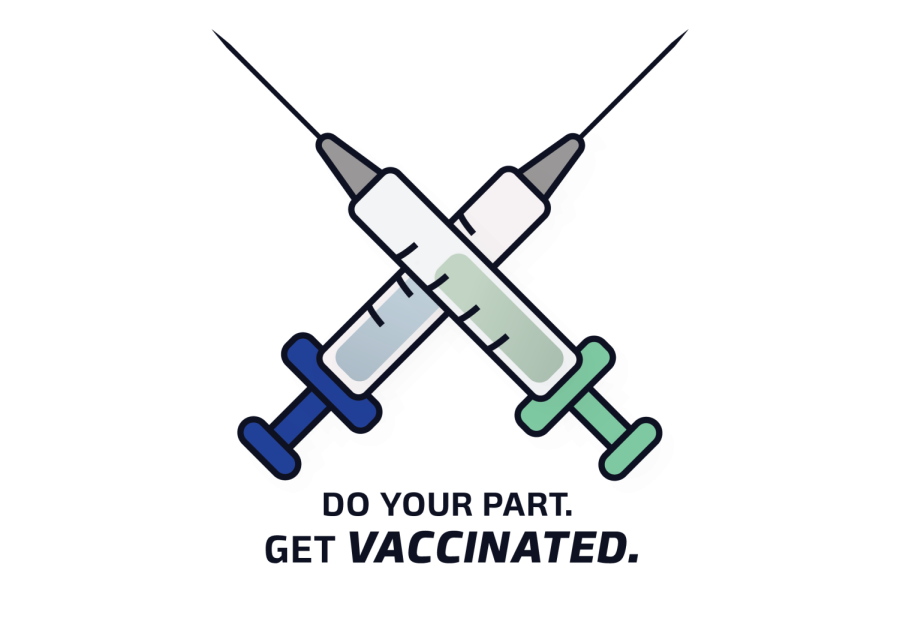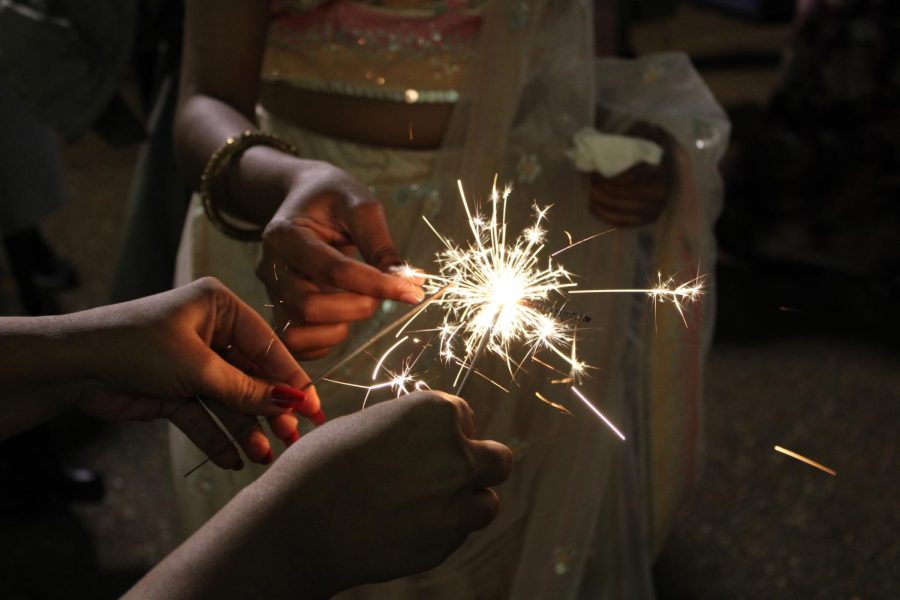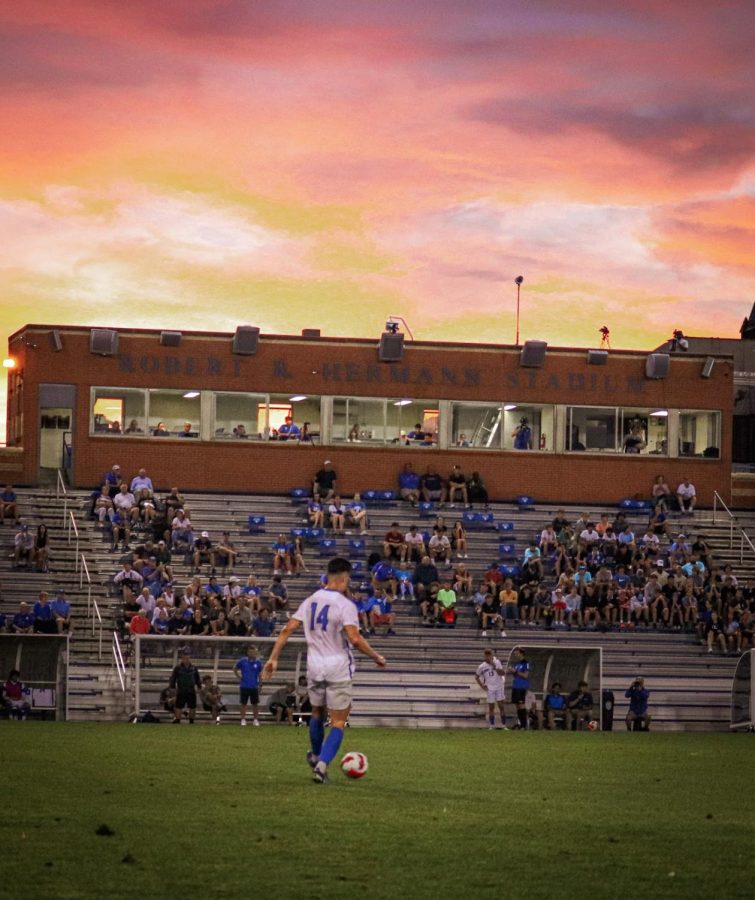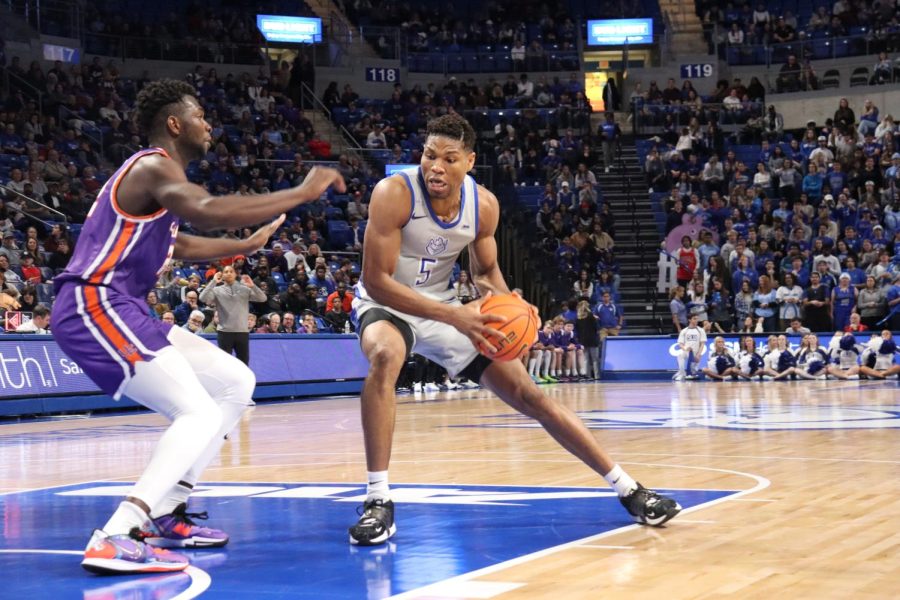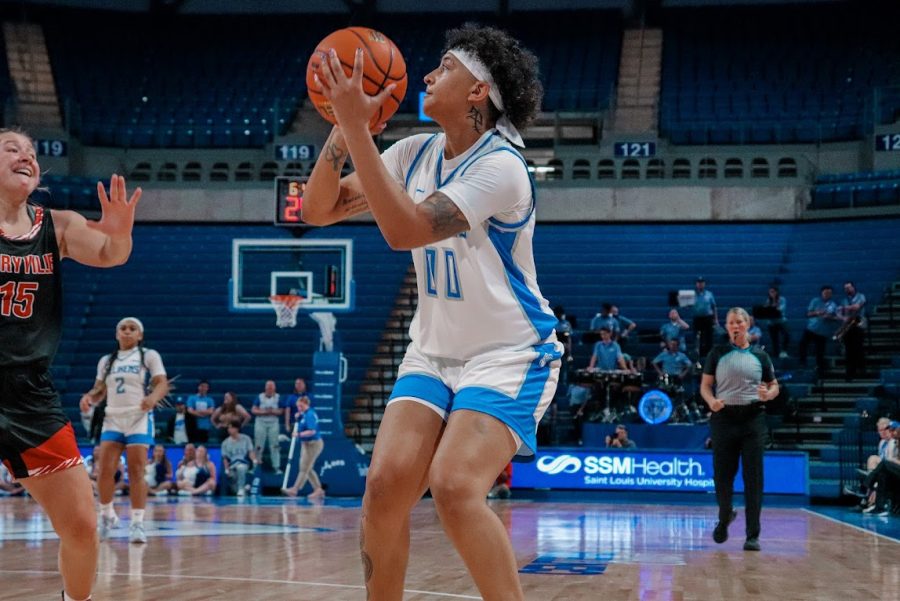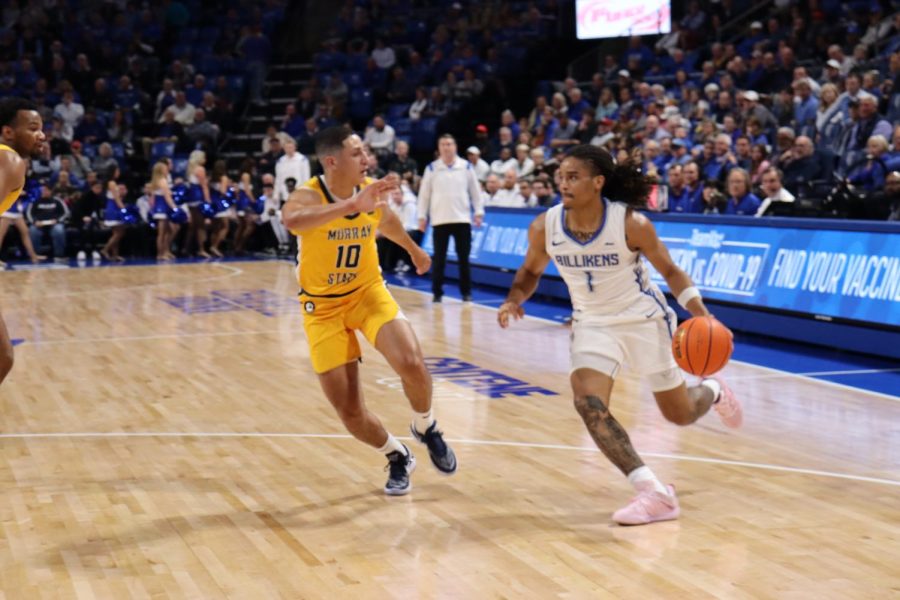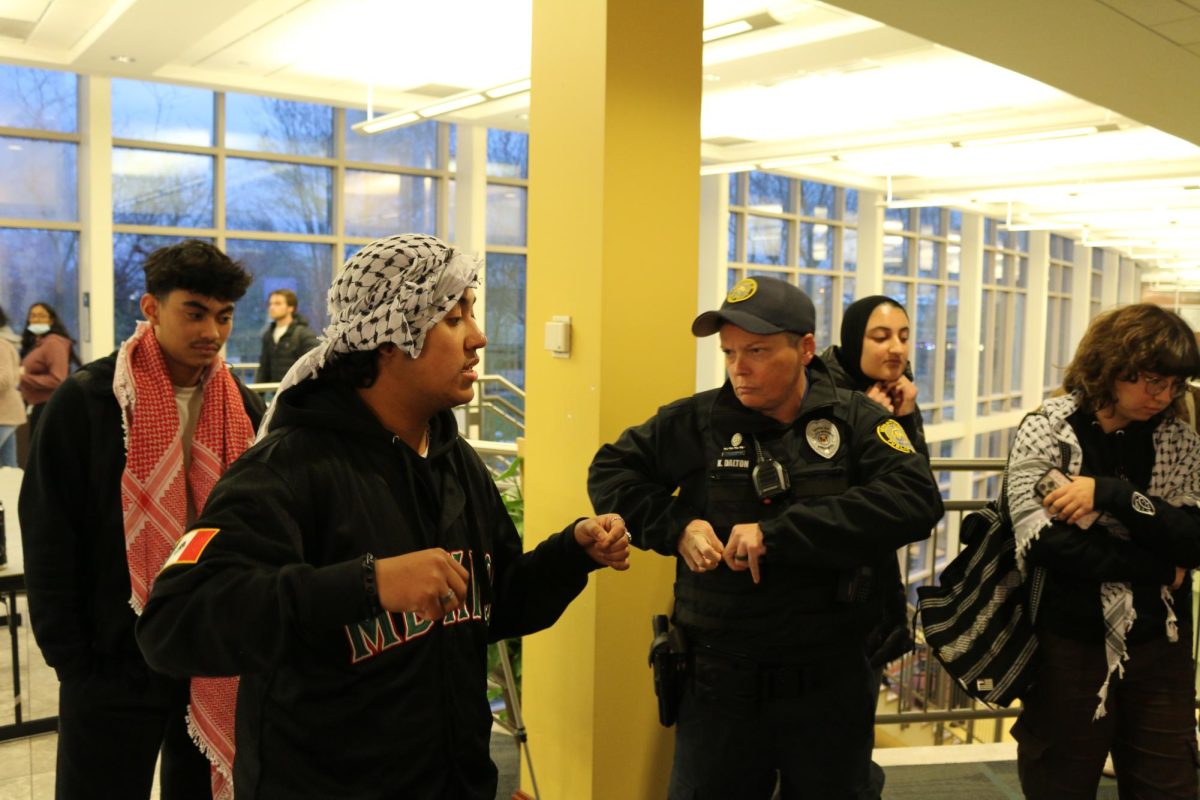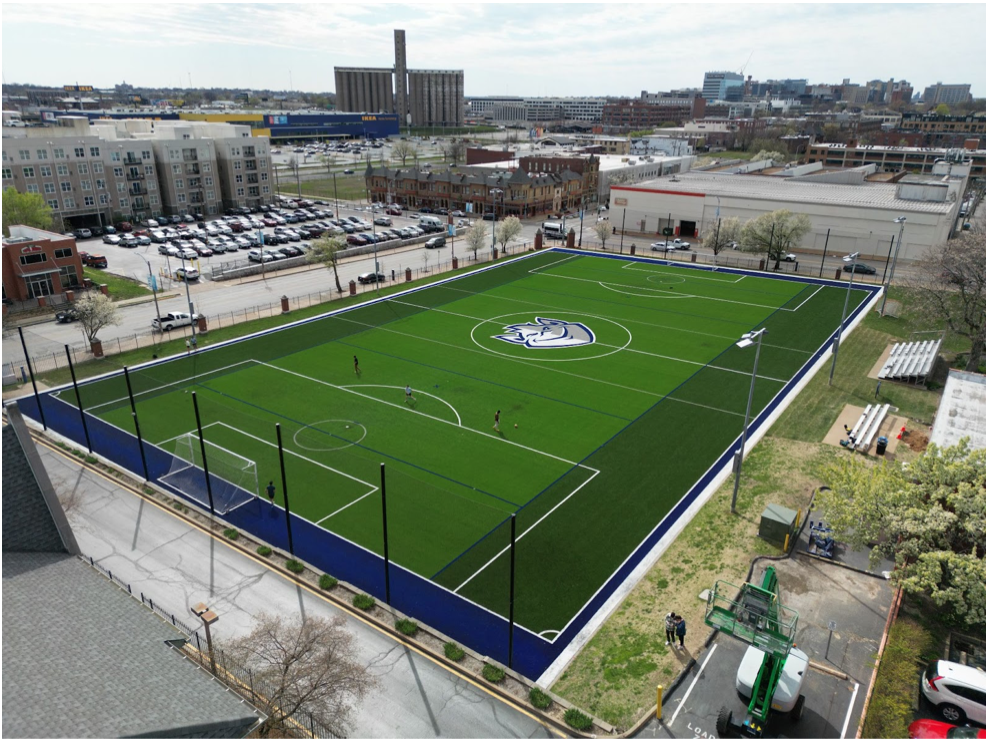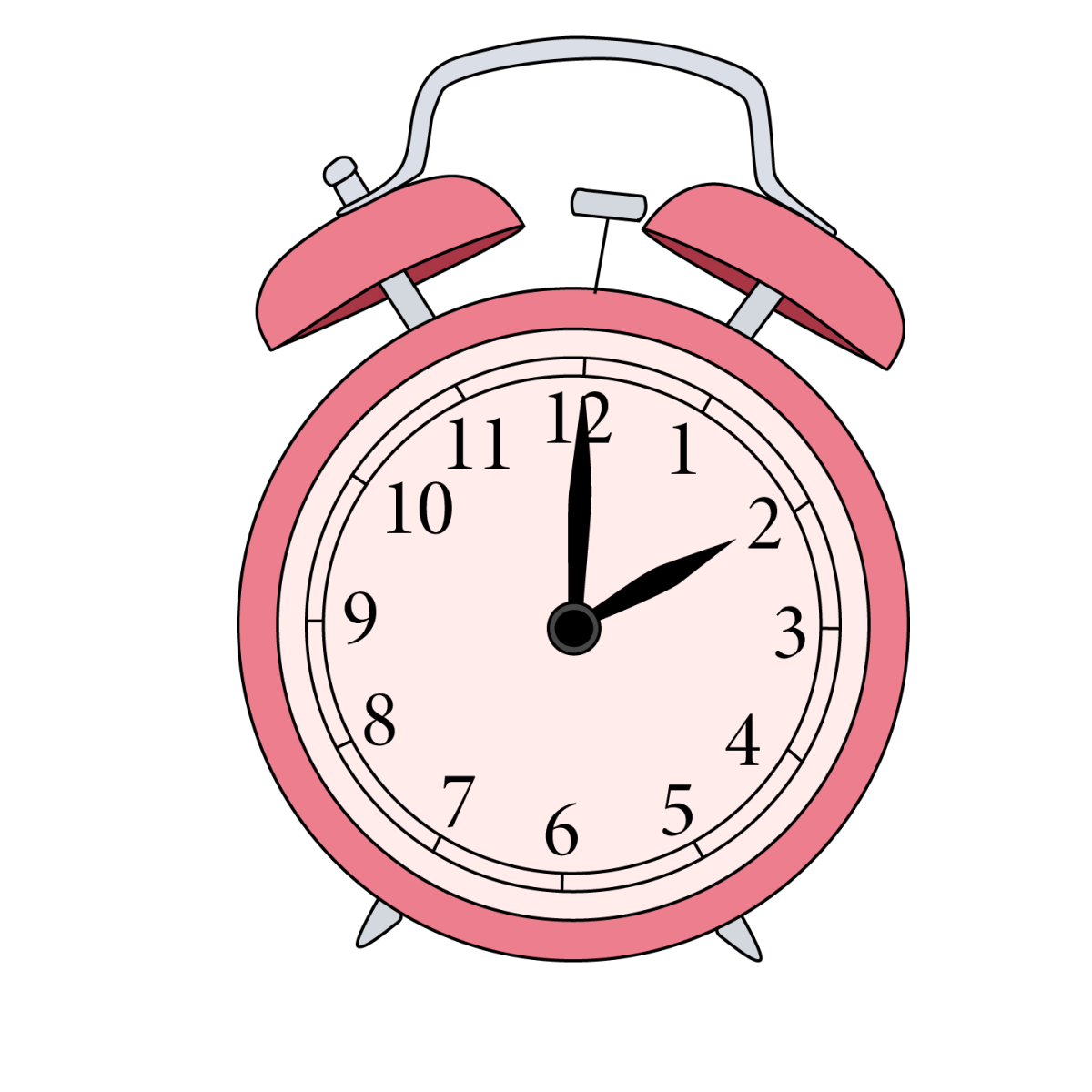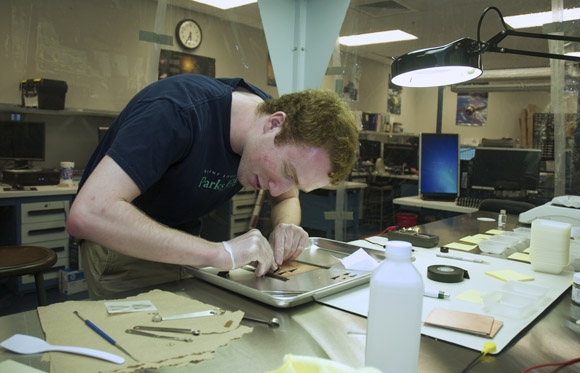
Outer space isn’t easy. Saint Louis University students and alumni know this all too well. In 1970, SLU graduate Gene Kranz orchestrated the successful return of the crew of Apollo 13 following a systems malfunction that could have resulted in catastrophe.
Though his experience with outer space was difficult at times, Kranz found his footing with his experiences studying aviation and the business of flying while at SLU.
“Hands on experience in the field and in school helped the most as a pilot and engineer,” Kranz said.
Kranz worked on an aircraft called the PAR special, a SLU-designed and built project. Parks College of Engineering, Aviation and Technology is now looking to aim even higher to prepare its students with its Space Systems Research Lab in McDonnell Douglas Hall. A group of students are putting the finishing touches on a small satellite designed to fly in the vacuum of space.
The satellite, known as “COPPER” or the “Close Orbit Propellant Plume and Elemental Recognition” satellite, is part of NASA’s CubeSat initiative to launch mini satellites onto their rocket payloads.
Senior Maria Barna, a member of the COPPER team, said that the satellite is an experiment in using “off the shelf components” which could eventually “drive down the cost of Earth Observation. COPPER will look down onto Earth with an infrared camera, taking advantage of newer and smaller electronics some that do not have space heritage.
Fellow senior Steve Massey explains that “it won’t be able to see your car,” but it will be able to see “large scale [urban] features.”
Currently, the COPPER team is working on installing solar panels and making sure that the satellite will fit within the primary launch vehicle. Massey says that the current goal is to be able to show off a working satellite at a number of small satellite conferences this summer. Last week, COPPER was “fit checked” at a conference in Utah. This was a check to see if the satellite fits within the capsule it will use to go into space.
Massey says that the team “does not have to have it ready until December.” Still, Barna says that they are “working really hard, getting things done as quickly as possible.”
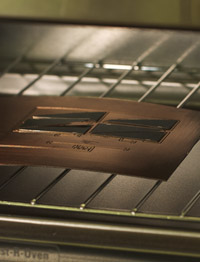
Work that still needs to be done prior to launch includes solar panels, the fit check, structural elements, radio antenna installation and then final testing of the completed device. The SLU team is also collaborating on an experiment being run by Vanderbilt University, aimed at updating industry knowledge of the effects of radiation on newer, faster and smaller electronics.
Michael Swartwout, one of the SLU faculty members assisting with the project, built a similar satellite as a part of a similar program and the experience led him to get similar work going at Parks College.
“The most important task [of the satellite building team] is to get something up … but you don’t want to sacrifice the mission in the long run,” Swartwout said.
The COPPER mission has been around for three years, but as a CubeSat they are barely a year into the concept.
“We haven’t hit any crisis moments yet,” said Swartwout. “But there’s a slow burn panic of having to be done by December.
The main problem the team faces, according to Swartwout, is of trying to get COPPER heavy enough to “punch through the atmosphere … volume is constrained, so that is the biggest problem.” If the device is too heavy, it would not meet NASA specifications, too light and it would have trouble maintaining the orbit it needs.
In the end, though, Swartwout said, “The whole point is to teach students how to build spacecraft.”
Krishnaswamy Ravindra, the dean of Parks College, agrees, saying that in a year or two – “more like 2013,” – the College plans to introduce more courses related to space, theoretical as well as hands on experiential learning.
There has even been some talk about an astronautics track according to Ravindra. He adds that the COPPER project raised a lot of interest across disciplines, especially considering how this is SLU’s first space launch.
“We are all really anxious, proud, eagerly looking forward to it.”
Gene Kranz agrees, saying that “getting into the satellite business is marvelous,” and “the key to our future as nation relies on our ability to produce cutting edge technology.”
The mission will launch in the spring of 2012 (either March or April) and the satellite will pass over St. Louis roughly once every 90 minutes. It’s too small to be seen from the ground but it will be producing a radio signal that could be picked up if you have the right equipment.
The SLU students working on the project will be controlling the satellite as well as downloading images using a beacon on campus and as part of a network of ground stations across the country. When asked if they plan on going to see the launch, both Massey and Barna were certain: “We’ll find a way.”


